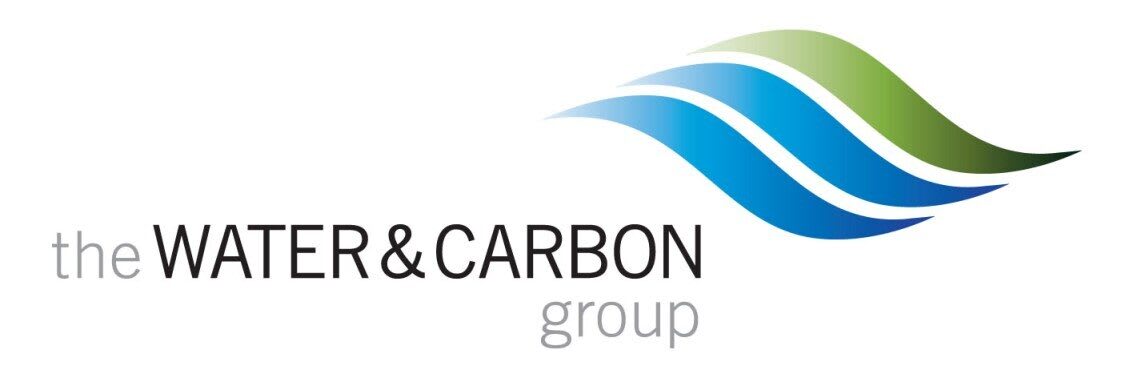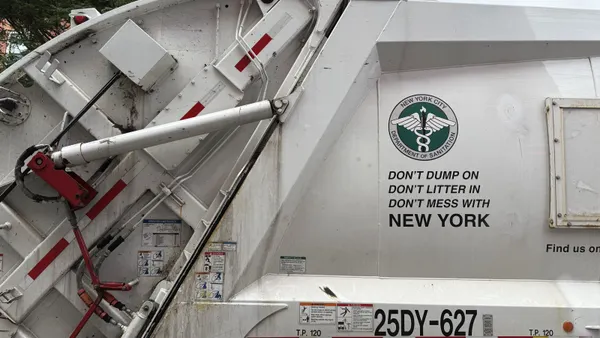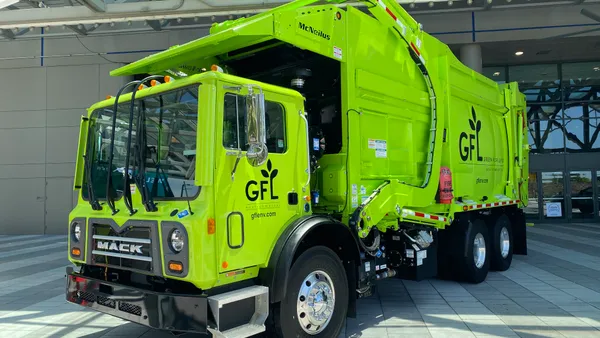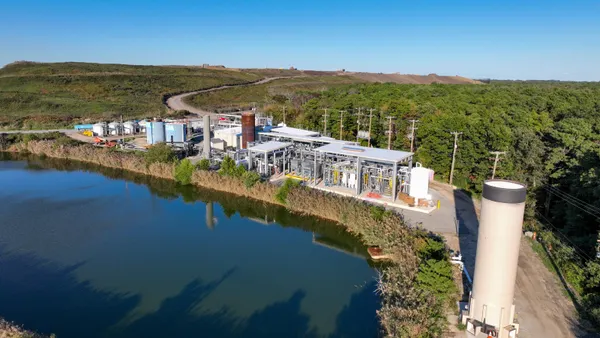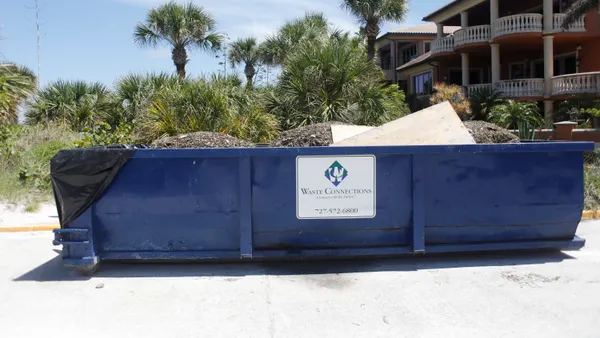Dive summary:
- Two years after the Japanese tsunami, tons of waste are washing up on Alaska coastlines; Chris Pallister, the president of Gulf of Alaska Keeper, said it’s like standing in a landfill.
- Some of the waste is annoying, such as household appliances, metal and wood pieces but the most concerning for Pallister are the tiny bits of foam which are eaten by local wildlife and small household bottles to industrial sized barrels that once held chemicals or petroleum products.
- Last summer, the states paid for an aerial survey to inspect the damage along 2,500 miles of coastline; the results showed that the spread of debris was greater than expected.
From the article:
So far, there has been little money for clean up. Alaska's congressional delegation is working to get federal funds, but tsunami debris clean up money was recently stripped from a bill for Hurricane Sandy relief.
Pallister admits that the tsunami debris doesn't have the visceral impact of the Exxon Valdez spill. There are no oiled otters or blackened coastlines. But the debris, he says, could be a big environmental disaster in the long run.
"In a lot of ways, it's a lot worse than the oil spill," Pallister says. "Both in the geographic scope of it and the chemicals that are coming with it. And who knows what the impacts are going to be?" ...








